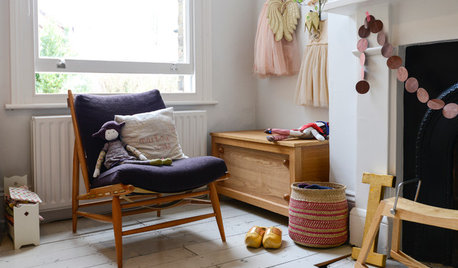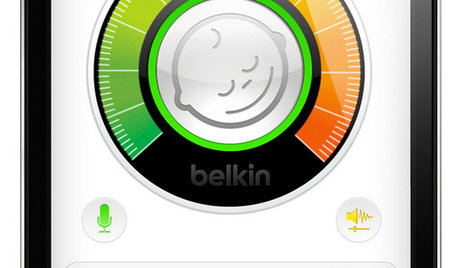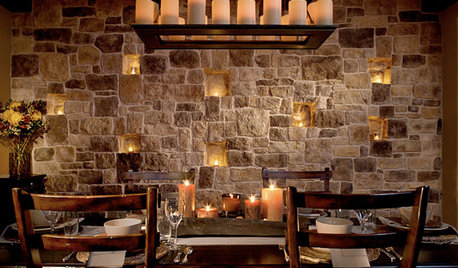I'm cold. cheap heat!
behaviorkelton
16 years ago
Related Stories

DECORATING GUIDESCold-Weather Sports Gear Heats Up Interiors
Skis, snowshoes and other wintertime sports equipment pieces are sliding off the slopes and into the home
Full Story
HOUSEKEEPINGLower Your Heating Bills With Some Simple Weather Stripping
Plug the holes in your house this winter to make sure cold air stays where it belongs: outside
Full Story
WINTER GARDENINGExtend Your Growing Season With a Cold Frame in the Garden
If the sun's shining, it might be time to sow seeds under glass to transplant or harvest
Full Story
FEEL-GOOD HOMESimple Pleasures: Get Cozy on a Cold Day
Some things are best when the weather is bad. Heat up some cocoa and join the discussion
Full Story
ARCHITECTURE15 Smart Design Choices for Cold Climates
Keep your home safe and comfortable in winter by choosing the right home features and systems
Full Story
HOME TECHThe Future of Home Automation: Cheap, Wearable and Mobile!
Look for smart watches and glasses that can control your smart-phone apps, which in turn automate your home equipment
Full Story
BATHROOM DESIGNWarm Up Your Bathroom With Heated Floors
If your bathroom floor is leaving you cold, try warming up to an electric heating system
Full Story
LIGHTINGTurn Up the Party Heat — the Sultry Decorating Secret
Give your home a warm and romantic vibe with candles at the entry, lined up along a wall, floating in martini glasses and more
Full Story
GREAT HOME PROJECTSHow to Add a Radiant Heat System
Enjoy comfy, consistent temperatures and maybe even energy savings with hydronic heating and cooling
Full Story
FLOORSIs Radiant Heating or Cooling Right for You?
Questions to ask before you go for one of these temperature systems in your floors or walls (yes, walls)
Full Story





davidandkasie
grainlady_ks
Related Professionals
Norwich Solar Energy Systems · Gardere Design-Build Firms · Conroe Home Builders · Monticello Home Builders · Kingsburg Home Builders · Royal Palm Beach Home Builders · Plainfield Roofing & Gutters · Sarasota Roofing & Gutters · Savannah Roofing & Gutters · Marietta Roofing & Gutters · Seguin Roofing & Gutters · La Grange Park Roofing & Gutters · South Orange Roofing & Gutters · Wayne Roofing & Gutters · White Plains Roofing & GuttersbehaviorkeltonOriginal Author
davidandkasie
mikie_gw
nhyankee
vieja_gw
meldy_nva
ky114
houndhandler
friedwardt
cearbhaill (zone 6b Eastern Kentucky)
countryboymo
Susan
joy_unspeakable
dlombardo
christopherh